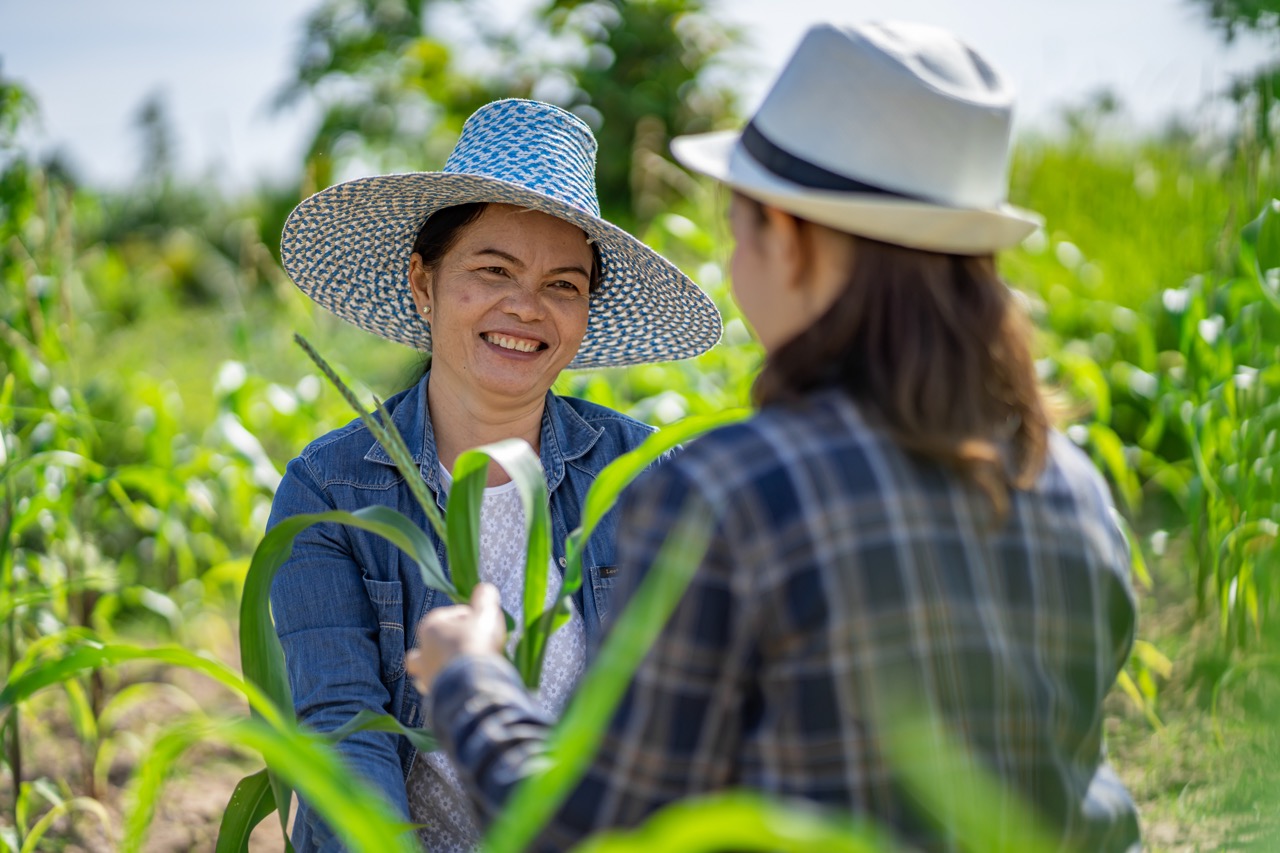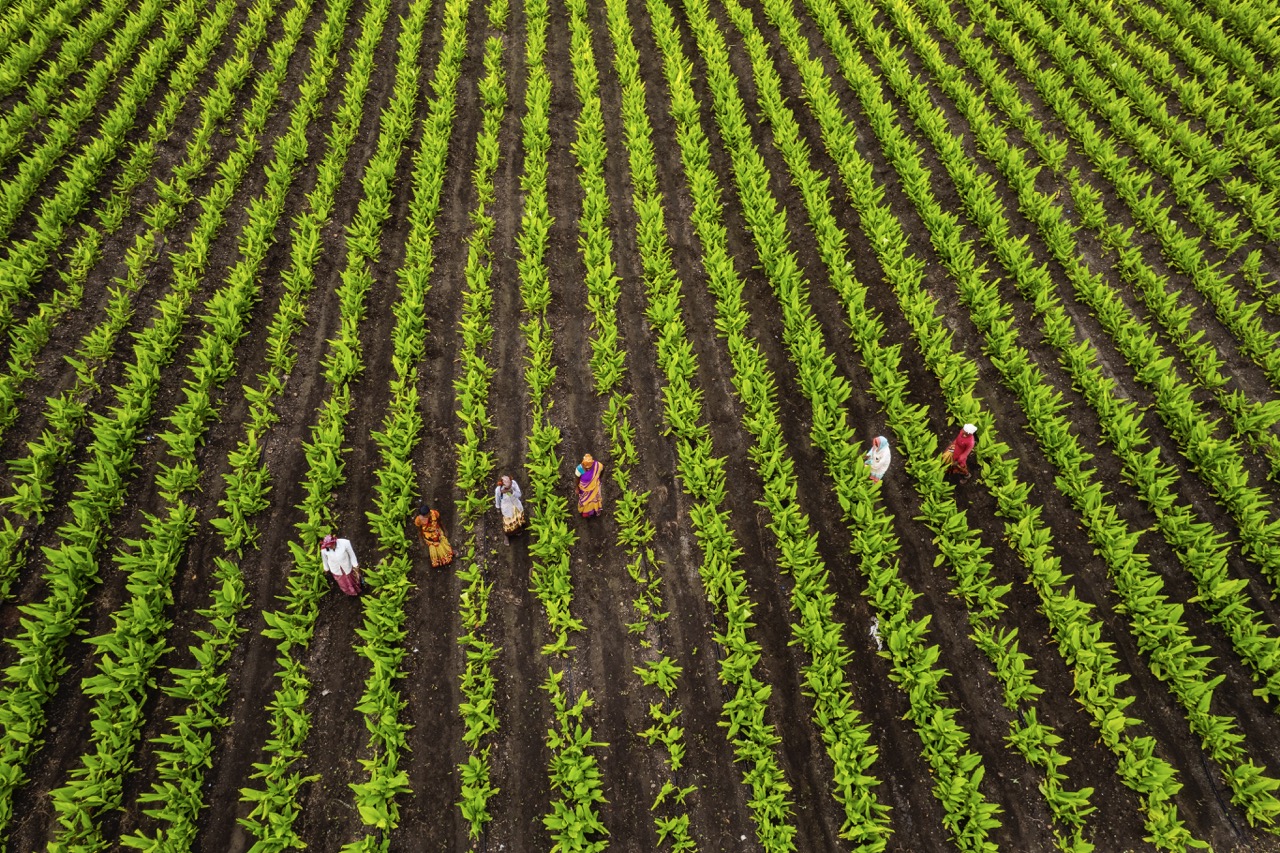As global demand for sustainable food production increases, farmers are seeking innovative solutions to enhance productivity while minimizing environmental impacts. One promising approach is the integration of aquaponics with traditional farming practices. Aquaponics combines aquaculture—the farming of fish—with hydroponics—the cultivation of plants in water—creating a symbiotic environment where fish waste provides organic nutrients for plants, which, in turn, filter the water for fish. This article explores the synergy between aquaponics and traditional farming, highlighting environmental benefits, key integration steps, and successful case studies that illustrate the potential of this unique partnership.
Exploring the Synergy Between Aquaponics and Traditional Farming
Aquaponics and traditional farming are often viewed as distinct entities; however, their integration can lead to a more sustainable agricultural model. Traditional farming methods are typically dependent on soil health, while aquaponics utilizes nutrient-rich water to support plant growth. By blending these two systems, farmers can create a more resilient agricultural ecosystem, wherein both soil health and water quality are enhanced. This synergy allows for year-round crop production, irrespective of seasonal changes, thus stabilizing income for farmers.
Furthermore, integrating aquaponics can diversify crop yield and enhance food security. Traditional farms focusing solely on crops may face challenges such as pests, diseases, and climate change. However, incorporating aquaponics can mitigate these risks by providing an additional source of income through fish production. Moreover, many plants that thrive in aquaponic systems can complement traditional crops, thus enhancing biodiversity and promoting a healthier agricultural environment.
Additionally, the integration fosters a knowledge exchange between aquaponics practitioners and traditional farmers. The innovative techniques used in aquaponics can inform traditional farming methods, such as crop rotation and pest management strategies, ultimately improving overall productivity. This collaboration could lead to the development of hybrid farming practices that utilize the strengths of both methods, benefiting farmers and consumers alike.
The Environmental Benefits of Combining Farming Techniques
The combination of aquaponics and traditional farming can lead to significant environmental benefits that are crucial in the face of climate change and resource depletion. One of the primary advantages is the efficient use of water. Aquaponics typically requires up to 90% less water than conventional farming, as the system is designed to recycle water continuously. By implementing aquaponics alongside traditional farming, the overall water usage on a farm can be dramatically reduced, which is particularly beneficial in arid regions.
Soil health is another critical environmental factor improved through this integration. Traditional farming practices often lead to soil degradation, erosion, and nutrient depletion due to monoculture and excessive chemical usage. Aquaponics contributes to soil health by promoting organic matter through plant roots and fish waste, thus reducing the need for synthetic fertilizers. Incorporating aquaponics within traditional farming allows for the consistent replenishment of soil nutrients, promoting sustainable land use and ensuring the longevity of farmland.
Furthermore, integrating aquaponics can enhance biodiversity on farms. The introduction of fish and aquatic plants can attract various wildlife, including beneficial insects and pollinators, which can lead to improved crop yields in both systems. This diversity not only helps with pest management but also creates a more balanced ecosystem that can better withstand environmental shocks, making farms more resilient to climate change and market fluctuations.
Key Steps for Integrating Aquaponics into Existing Farms
Integrating aquaponics into traditional farming requires careful planning and execution to ensure compatibility and efficiency. The first step is conducting a thorough assessment of the existing farm infrastructure. Farmers need to evaluate available resources, including water supply, land space, and existing crops, to determine how aquaponics can be effectively incorporated. Understanding the local climate and soil conditions is also crucial, as it can affect fish and plant selection.
The next step involves designing an aquaponics system that complements the existing farming practices. Farmers can choose between various aquaponics designs, such as media beds, nutrient film technique (NFT), or deep water culture (DWC), based on their preferences and available resources. Collaborating with aquaponics experts or organizations can provide valuable insights into system design, ensuring that the integration supports the overall farm’s productivity and sustainability.
Finally, farmers should consider the training and education of their workforce. Integrating aquaponics into traditional farming may require new skills and knowledge, particularly regarding water management, fish care, and hydroponic plant cultivation. Offering training programs or workshops can help farm workers adapt to the new system, fostering a culture of innovation and continuous improvement on the farm.
Case Studies: Successful Aquaponics-Farming Partnerships
Several successful case studies illustrate the benefits of integrating aquaponics with traditional farming. One notable example is the partnership between a conventional vegetable farm and an aquaponics operation in California. By introducing an aquaponics system to their existing farm, the owners were able to diversify their product offerings, combining organic vegetables with locally raised fish. This collaboration not only increased revenue but also attracted a new customer base interested in sustainable food options.
Another compelling case is found in the Midwest, where a family-owned farm faced diminishing soil quality and declining yields. By implementing an aquaponics system alongside their traditional crops, they were able to rejuvenate their soil through the nutrient exchange provided by the fish. This integration resulted in improved crop yields and a healthier ecosystem. The farm also offered educational workshops on aquaponics, fostering community engagement and promoting sustainable agricultural practices in the region.
Lastly, an innovative project in urban settings demonstrates the potential of aquaponics-farming partnerships. A local non-profit organization collaborated with urban farmers to create rooftop aquaponics systems that supplied fresh produce and fish to nearby restaurants and markets. This initiative not only maximized limited urban space but also provided a model for sustainable urban agriculture, showcasing how aquaponics can thrive alongside traditional farming methods even in densely populated areas.
The integration of aquaponics with traditional farming is not only a viable solution for sustainable food production but also a pathway to resilience in the face of environmental challenges. As demonstrated through successful case studies, this partnership can enhance resource efficiency, improve soil health, and diversify income streams for farmers. By embracing innovative agricultural practices that leverage the strengths of both aquaponics and traditional farming, we can move towards a more sustainable, productive, and resilient agricultural future.










